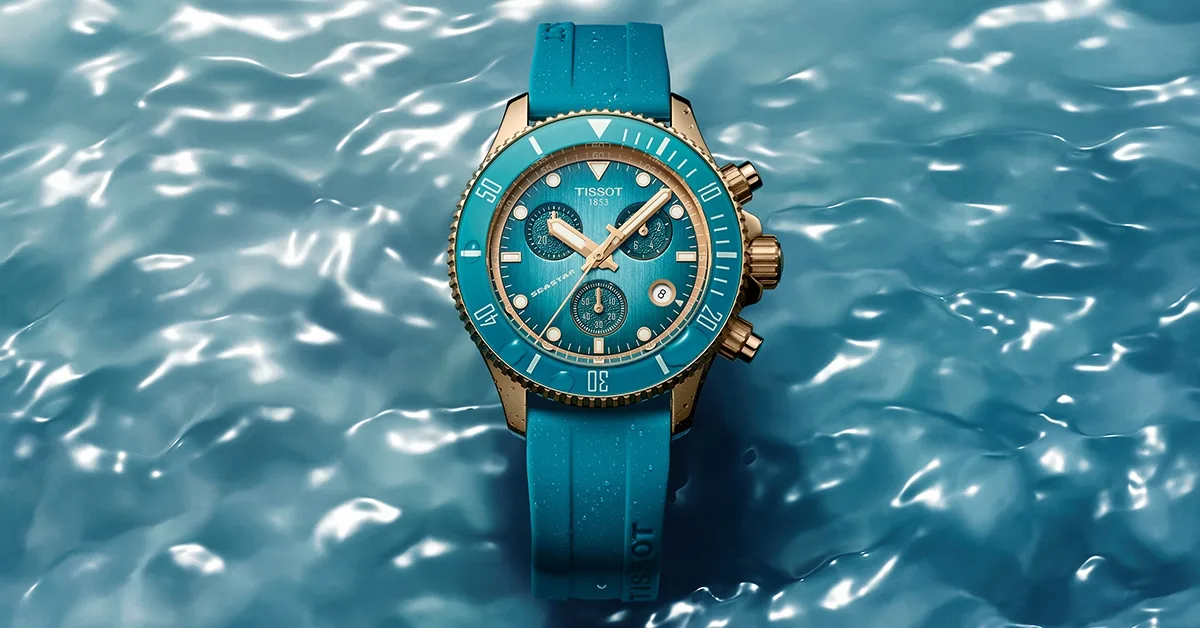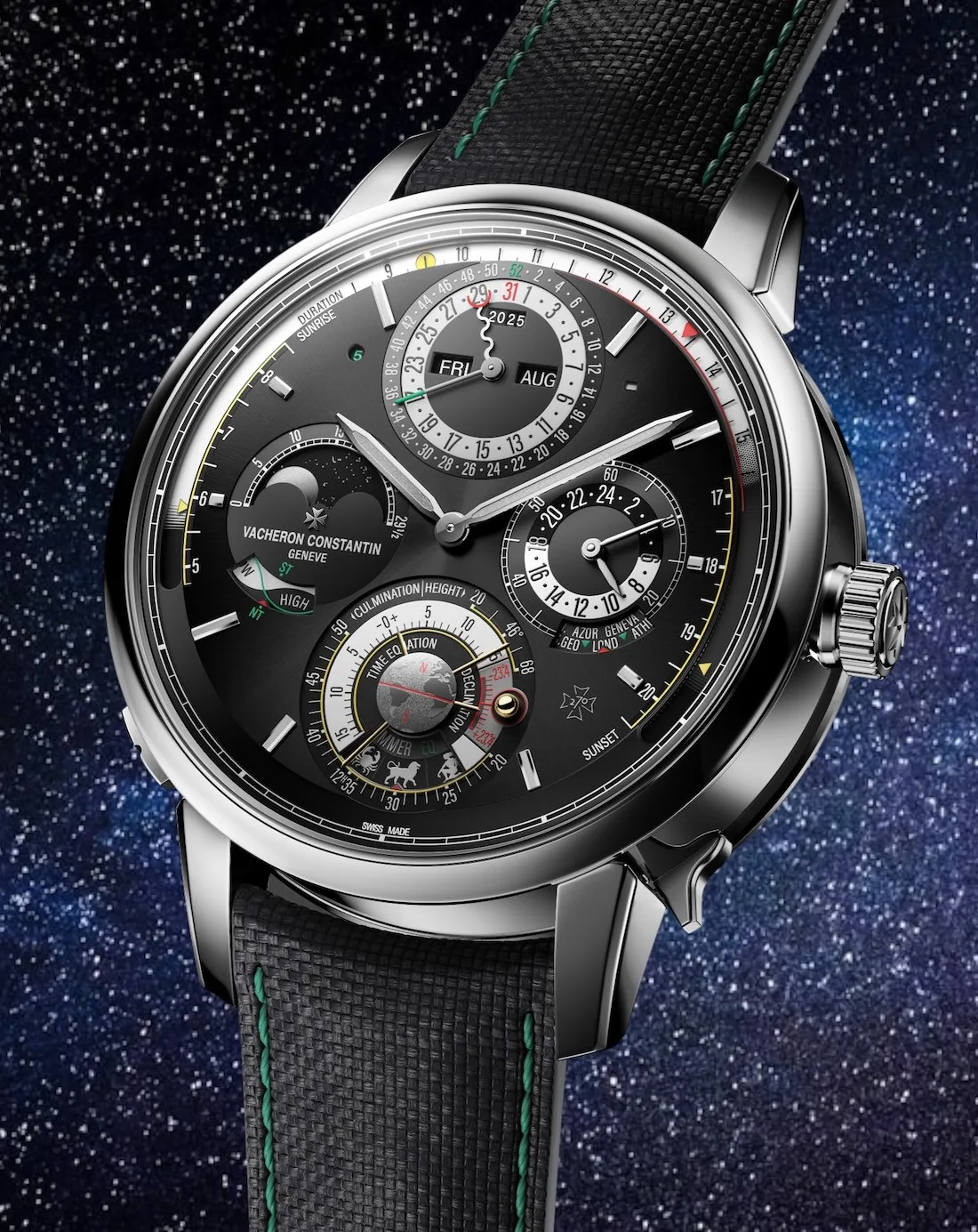Lovers of all things related to modernism will be delighted with Tropical Modernism: Architecture and Independence, the new exhibition at the V&A showcasing the history and development of this architectural style symbolic of the independence and progressiveness of countries such as India and Ghana. The show looks at the colonial origins of Tropical Modernism in British West Africa, and the evolution of the style in the post-colonial period, when it represented both surviving and becoming something new in the process.
This radical, progressive movement symbolised the utopian possibility of the transitional moment in which a break with the past colonial styles was articulated through architecture. Concrete, steel and large expanses of glass were used in creating buildings distinguished by clean lines, unornamented facades and flat roofs. Tropical Modernism created new freedoms from earlier disciplines of building and design, rethinking and using revolutionary architecture that placed functionality at the heart of its design.
Mostly applied to large public and social projects such as universities, schools and assembly halls, the architectural style sought to cynically offset the cause for independence, showcasing a new modern colonialism that stimulated trade with Britian, and created a new modern colonial subject, better able to produce goods for market and to buy them from Europe.

Film still of Scott House, Accra, by Kenneth Scott for Tropical Modernism: Architecture and Independence.
Despite Modernism and minimalism styles being unpopular and said to be too severe for British tastes, it was a couple of British architects – Jane Drew and Maxwell Fry – who are considered the founders of Tropical Modernism in the 1940s. Fry had collaborated with the founder of Bauhaus, Walter Gropius, during his two-year stay in Britain and would work with Le Corbusier in designing the new city of Chandigarh, in India, in 1950.
It was in Africa that Drew and Fry spent most of their careers. Fry had remained in West Africa as town planner to the British colonies after the war which gave the couple the perfect opportunity for developing the tools of Tropical Modernism, adapting a modernist aesthetic that valued function over ornament to the hot, humid conditions of the region, providing a playground for British architects that offered opportunities and commissions not available back home.


From the left: Boy and concrete screen at University College Ibadan, 1962; and library veranda at University College, Ibadan. Both courtesy of RIBA.
Britain’s unique contribution to International Modernism was a colonial architecture developed against the background of anti-colonial struggle. In 1954, Fry and Drew helped to establish the Department of Tropical Modernism at the Architectural Association in London. Here they taught European architects to work in the colonies and later, a generation of post-colonial architects. Their philosophy was that by applying environmental and building science grounded in research from field officers both in Britain and West Africa, as well as modern technology, Tropical Modernism was superior to vernacular buildings from which there was little to learn.
Following independence in 1947, Indian prime minister Jawaharlal Nehru and later in 1957 Ghanaian prime minister Kwame Nkrumah (known as the freedom fighters and the first Prime Ministers of India and Ghana) commissioned major projects in this style, using Tropical Modernism as a tool for nation-building and as a symbol of their internationalism and progressiveness to the rest of the world. A new generation of national architects deploying the tropical modern style and more sensitive to local context gave birth to distinctive alternative forms of modernism.
The essential language of Tropical Modernism was that of climate control; the use of screens to mitigate the harsh sunlight and allow the breeze in, adjustable louvers, wide eaves and the distinctive breeze soleil, often with references to distinctive West African motifs on the facades. Schools, universities and conference centres were designed to create a modernist impression of what these buildings should be in a tropical environment.

Installation shot featuring Jane Drew and Maxwell Fry as well as archival ephemera documenting the period.
The show insightfully includes models, drawings, letters, photographs, and archival ephemera documenting the key figures and moments of the Tropical Modernist movement, as well as a wonderful half hour film installation displayed on three screens. Visitors have the opportunity to not only discover architectural history but also the wider role of modernism in narratives about decolonisation and the construction of a national identity.
Christopher Turner, the V&A’s Keeper of Art, Architecture, Photography & Design and Curator of the exhibition, said: “The story of Tropical Modernism is one of colonialism and decolonization, politics and power, defiance and independence; it is not just about the past, but also about the present and the future.”
As we look to a new future in an era of climate change, Tropical Modernism, which used the latest building and environmental science available at the time to passively cool buildings, a climate responsive science, may serve as a useful guide for the future.
Tropical Modernism: Architecture and Independence
Until 22 September 2024
Porter Gallery, V&A South Kensington
Cromwell Road. London, SW7 2RL
Further information and tickets, HERE.
The show is accompanied by the book, Tropical Modernism: Architecture and Independence by Christopher Turner, V&A Publishing available in July. RRP £30.
Author: Linda Hunting
Opening image: Film still of Mfantsipim School, Cape Coast by Fry, Drew & Partners – for Tropical Modernism – Architecture and Independence. © V&A, London.

















Show Comments +